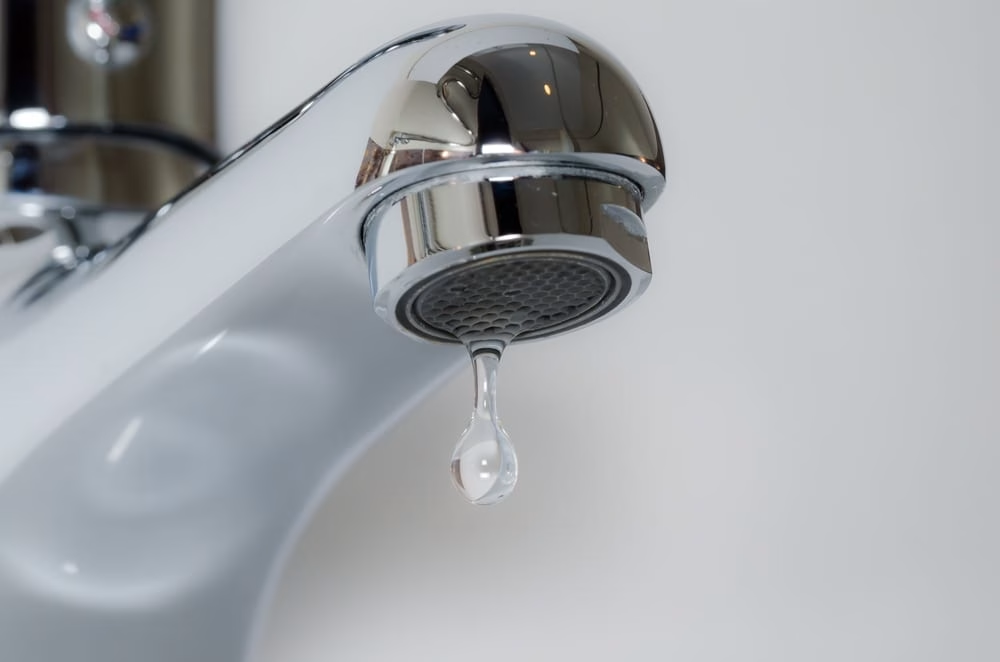How to Fix a Leaky Faucet 5 Ways
How to Fix a Leaky Faucet 5 Ways A dripping faucet can be annoying. The good news is you might not need a plumber to fix it. Here are some easy steps to stop that pesky drip.
Gather Your Tools
You’ll need a few basic tools. Grab a pair of pliers, a screwdriver, and maybe a wrench. You might also want to have some towels handy to catch any water.
Turn Off the Water
Before you start working, turn off the water supply. Look under the sink for the shut-off valves. Turn them clockwise to close them.
Plug the Drain
Use a plug or a cloth to cover the drain. This prevents small parts from falling in and getting lost.
Remove the Faucet Handle
Use your screwdriver to take off the handle. You may need to remove a decorative cap first, depending on your faucet type. Look closely for screws that hold the handle in place.
Check the Washer
Once the handle is off, you can see the internal parts. Most drips come from worn washers. Remove the old washer, and take it to the store to find an exact match. If it’s worn or hard, it’s time for a replacement.
Clean Any Build-Up
While you have the faucet open, check for any buildup or debris. Clean around the area. A bit of vinegar can help clear away mineral deposits.
Reassemble the Faucet
Put everything back together in the reverse order you took it apart. Make sure you don’t over-tighten anything, as this could cause damage.
Turn the Water Back On
Once everything is back in place, turn the water supply back on. Check to see if the drip is gone. If it is, congratulations! You’ve just saved some money.
No Luck?
If the faucet still drips, it might be a bigger issue. Repeating these steps with a different part might help, like the O-ring or valve seat. If that doesn’t work, calling a plumber may be the best option.
Taking care of a dripping faucet isn’t too hard. With a few tools and some time, you can fix it yourself.

When to Call a Plumber
If the faucet still drips after replacing the washer or cleaning the parts, the issue might lie with the O-ring, valve seat, or deeper plumbing. In this case, calling a plumber is a good idea to prevent further complications.
Is a Leaky Faucet Dangerous ? | How to Fix a Leaky Faucet
A leaky faucet is not immediately dangerous, but it can lead to problems over time. It wastes water, increases utility bills, and can cause water damage or mold growth if the leak spreads. Fixing it promptly is recommended to avoid bigger issues.
is a leaky faucet bad ? | How to Fix a Leaky Faucet
Yes, a leaky faucet is bad because it wastes water, increases your water bill, and can lead to long-term issues like water damage or mold if left unchecked. Fixing it early is a good idea.
Are leaky valves dangerous ? | How to Fix a Leaky Faucet
Leaky valves can be dangerous depending on their location and purpose. For example:
- Water Valves: A leaky water valve can cause water damage, mold growth, or structural issues over time if not addressed.
- Gas Valves: A leaky gas valve is highly dangerous as it can lead to gas buildup, increasing the risk of fire, explosion, or health issues from gas exposure.
- Chemical or Pressure Valves: In industrial settings, leaky valves can cause hazardous spills, equipment failure, or pressure loss, which can be dangerous.
It’s important to address leaky valves promptly to prevent potential risks.
Preventative Maintenance Tips | How to Fix a Leaky Faucet
- Regularly clean your faucet to avoid mineral buildup.
- Inspect washers and O-rings for wear every year.
- Fix small leaks promptly to prevent bigger problems.
Fixing a dripping faucet is a simple and satisfying DIY project. With a little effort, you’ll save money, conserve water, and keep your sink running smoothly.
Why Fixing a Dripping Faucet Matters
A single dripping faucet can waste up to 3,000 gallons of water per year, which is both costly and harmful to the environment. Fixing it not only saves water and money but also prevents long-term damage to your plumbing.
Common Causes of a Dripping Faucet | How to Fix a Leaky Faucet
- Worn-Out Washer – One of the most common causes of drips.
- Damaged O-Ring – A faulty O-ring in the handle can also cause leaks.
- Corroded Valve Seat – Mineral deposits can corrode the valve seat.
- Loose Parts – Screws or components may have loosened over time.
- Worn Cartridge – In cartridge faucets, the cartridge itself might need replacing.
When All Else Fails | How to Fix a Leaky Faucet
If the faucet still drips after trying these fixes:
- Inspect the water pressure. High pressure can cause leaks. Install a pressure regulator if necessary.
- Check your plumbing for hidden issues like cracked pipes or faulty connections.
- Call a plumber if you suspect the problem is beyond the faucet itself.
Preventative Maintenance Tips | How to Fix a Leaky Faucet 5 Ways
- Clean faucets regularly to prevent mineral buildup.
- Avoid using excessive force when turning faucets on or off.
- Inspect washers, seals, and O-rings every 6–12 months for wear.
By following these steps and solutions, you can fix a dripping faucet and extend its lifespan without professional help. It’s a small task with big savings for your wallet and the planet!
How to Unclog Your Sink Without Harsh Chemicals